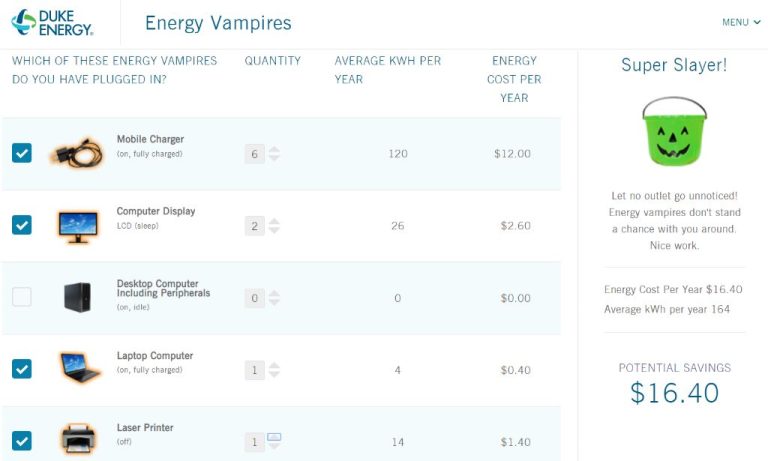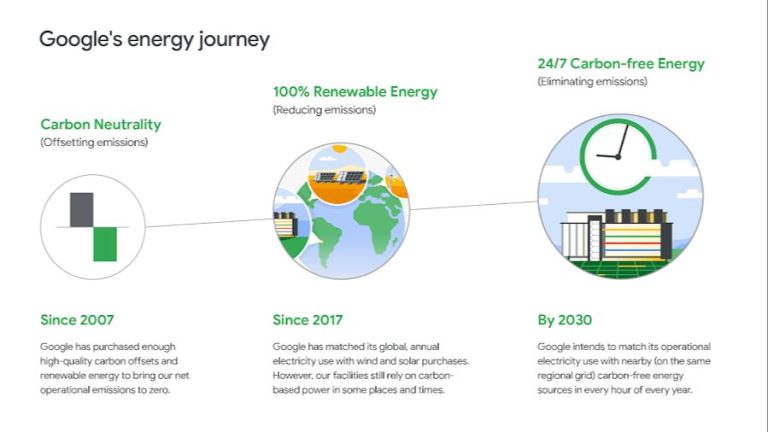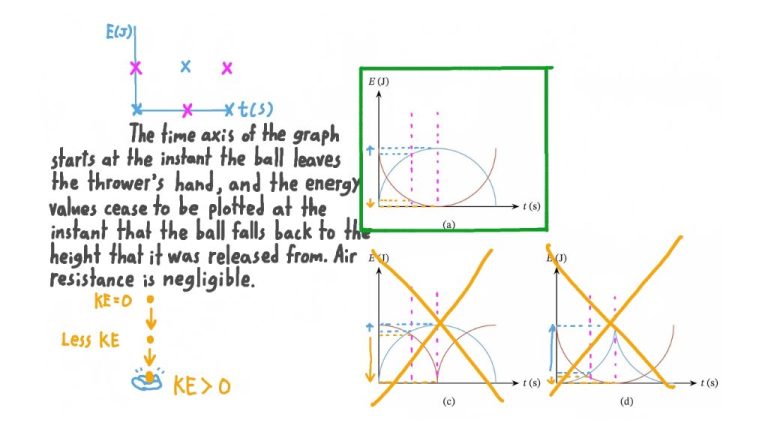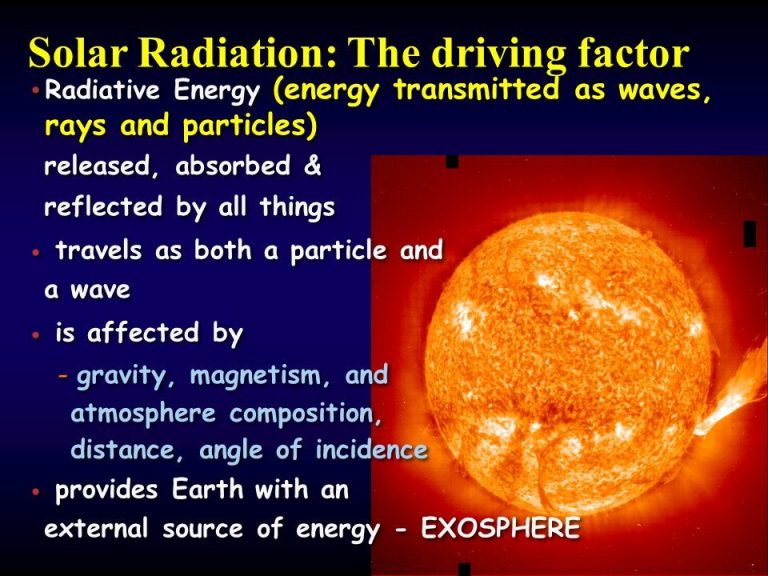What Is The Greenhouse Effect Short Answer?
What is the greenhouse effect?
The greenhouse effect is a natural process that warms the Earth’s surface. When sunlight reaches the Earth, some of it is absorbed by the surface and warms it. The Earth then radiates this heat as infrared radiation back out towards space. However, greenhouse gases in the atmosphere absorb some of this infrared radiation and trap the heat in the atmosphere, causing additional warming at the surface. The greenhouse effect has been happening naturally for millions of years and makes the Earth warm enough to support life.
The main greenhouse gases responsible for this effect are:
- Water vapor
- Carbon dioxide
- Methane
- Nitrous oxide
- Ozone
Without the natural greenhouse effect, scientists estimate the Earth would be about 33°C (59°F) cooler, making it frigid and uninhabitable.
Why does the greenhouse effect happen?
The greenhouse effect is a natural process that occurs in Earth’s atmosphere. The atmosphere contains various gases, including carbon dioxide, methane, nitrous oxide, and water vapor. These are known as greenhouse gases because they trap heat from the sun in the atmosphere, like the glass walls of a greenhouse.
Some of the sun’s ultraviolet radiation enters Earth’s atmosphere and warms the surface. As the Earth’s surface warms, it radiates some of this heat back towards space in the form of infrared radiation. Greenhouse gases absorb this infrared radiation before it can escape into space. This causes additional heat to be retained in the lower atmosphere.
Without any greenhouse gases, Earth would be about 60°F colder on average. But now greenhouse gas levels are rising due to human activities like burning fossil fuels, so more heat is being trapped, causing the greenhouse effect to increase.
Effects of the greenhouse effect
The greenhouse effect is crucial for life on Earth. Without the greenhouse effect, Earth’s average temperature would be around 0°F (-18°C) instead of the current 59°F (15°C). The gases that cause the greenhouse effect, especially water vapor, carbon dioxide, methane, nitrous oxide, and ozone, act as a thermal blanket surrounding Earth. This blanket absorbs heat radiated from the planet’s surface and reflects some of it back down, raising temperatures in the lower atmosphere and on the surface.
While the greenhouse effect is entirely natural and essential, human activities have increased the amounts of greenhouse gases in the atmosphere. This enhancement of the greenhouse effect is causing average global temperatures to rise steadily. Since pre-industrial times before 1750, the global average temperature has already warmed by around 1°C. Continued emissions of greenhouse gases will cause further warming during the 21st century and beyond.
Rising global temperatures are leading to widespread impacts including melting glaciers and sea ice, rising sea levels, shifting precipitation patterns, increased extreme weather, and ocean acidification. These climate change impacts threaten ecosystems, agriculture, freshwater supplies, infrastructure, health, and more. Mitigating climate change requires reducing greenhouse gas emissions and adapting to the changes that are now unavoidable.
Human causes of increased greenhouse effect
Human activity is a major driver of the increased greenhouse effect. The three main ways humans have increased greenhouse gases are:
Burning fossil fuels releases CO2
The burning of coal, oil, and natural gas to generate electricity, heat homes, power vehicles, and manufacture goods releases billions of tons of carbon dioxide (CO2) into the atmosphere every year. CO2 is the most significant greenhouse gas, and these emissions are the primary cause of the enhanced greenhouse effect.
Deforestation reduces CO2 absorption
Cutting down forests, especially rainforests, undermines a major carbon sink. Trees naturally absorb CO2 during photosynthesis, storing excess carbon as biomass. With fewer trees, more CO2 remains in the atmosphere.
Agricultural practices increase greenhouse gases
Farming methods such as fertilizer use, cattle raising, rice cultivation, and land-use changes produce significant greenhouse gas emissions, including methane and nitrous oxide. These agricultural processes represent around 10-12% of total global emissions.
Impacts of increased greenhouse effect
The increased greenhouse effect is already having noticeable impacts on the global climate system. Some of the major effects include:
Rising global temperatures – As more heat is trapped in the atmosphere, average global temperatures at the Earth’s surface have been increasing. Since 1880, the global average temperature has increased by about 1°C. This warming is causing concerns as even small changes in temperatures can have widespread impacts.
Melting polar ice caps and glaciers – Rising temperatures are causing ice loss at the poles and in mountain glaciers globally. The Arctic and Antarctic sea ice extents have declined significantly, reducing the reflectivity of the Earth’s surface and allowing more heat absorption. Melting glaciers contribute to sea level rise.
Sea level rise – As land ice melts and the oceans warm and expand, sea levels are rising at an accelerating rate. Global sea levels have increased by over 20cm in the last century, submerging coastal areas. Continued sea level rise threatens low-lying islands and coastal cities.
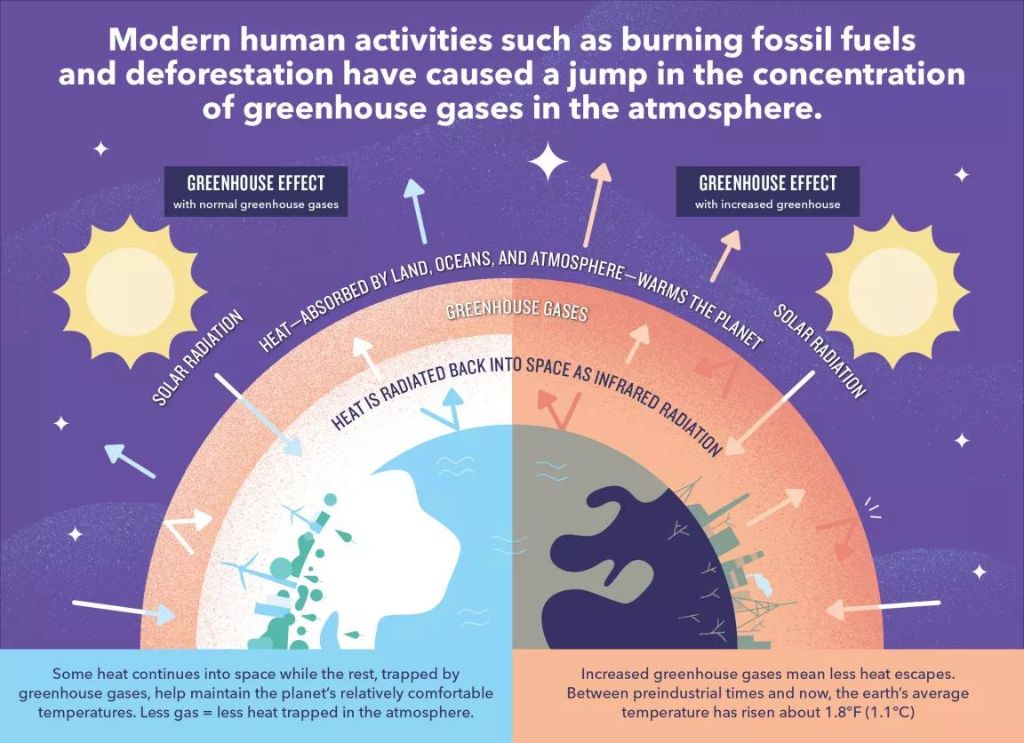
Changes in climate patterns – The increasing greenhouse effect is altering prevailing climate patterns including jet streams, trade winds, and monsoons. This can shift storm tracks and rain belts, expand deserts, and cause more extreme weather events like droughts, floods and heatwaves.
Reducing the greenhouse effect
There are several ways we can work to reduce the greenhouse effect and mitigate climate change on both individual and societal levels:
Transitioning from fossil fuels to renewable energy sources like solar, wind, geothermal, and hydropower can significantly reduce greenhouse gas emissions from the energy sector. Installing solar panels on homes, developing large-scale wind and solar farms, and investing in renewable energy infrastructure can help achieve this transition.
Reforestation and afforestation efforts can help absorb excess CO2 from the atmosphere through photosynthesis. Planting new forests and preserving existing ones provides natural carbon capture and storage.
Sustainable transportation like walking, biking, public transit, electric vehicles, carpooling, and telecommuting can reduce fossil fuel consumption and emissions from the transportation sector. Urban planning that focuses on density, proximity, and accessibility facilitates this shift.
Sustainable agriculture practices like low/no till methods, crop rotations, organic farming techniques, and livestock management can reduce emissions from agricultural activities. Consumer shifts towards plant-based diets also help lower the greenhouse gas emissions associated with meat production.
Mitigating climate change impacts
There are two main ways for societies to mitigate or reduce the harm from climate change impacts over the long-term: reducing emissions and adapting infrastructure and agriculture. Reducing greenhouse gas emissions, especially from burning fossil fuels for energy, transportation, and industry, can limit how severe climate change becomes overall. This involves shifting to renewable energy sources like solar, wind, geothermal and hydroelectric power. Improving energy efficiency in buildings and transportation networks also reduces emissions. On the adaptation side, many regions will need to upgrade infrastructure like stormwater systems, roads, bridges and coastal defenses to handle more intense rainfall, flooding and sea level rise from climate change. Agricultural areas may need to adjust crops and irrigation to adapt to hotter temperatures or drought. Careful planning and preparation can help reduce the costs of climate change impacts over time.
International agreements
There have been several international agreements aimed at reducing greenhouse gas emissions and mitigating climate change. The most prominent examples are:
UN Framework Convention on Climate Change
The UN Framework Convention on Climate Change (UNFCCC) is an international environmental treaty adopted in 1992. Its goal is to “stabilize greenhouse gas concentrations in the atmosphere at a level that would prevent dangerous anthropogenic interference with the climate system.”
The UNFCCC provides a framework for negotiating specific international treaties to set binding limits on greenhouse gases. It has near universal membership with 197 countries having ratified it.
Paris Agreement
The Paris Agreement is a landmark international accord to combat climate change, negotiated under the UNFCCC in 2015. Its central aim is to keep global temperature rise well below 2°C above pre-industrial levels this century, and pursue efforts to limit warming to 1.5°C.
As of 2022, 193 members have ratified the agreement. However, some nations are falling behind on their pledged emissions cuts and climate finance for developing countries. There is ongoing international negotiation around strengthening emission reduction targets and ensuring the Paris goals are met.
Regional Impacts
The greenhouse effect and climate change have varying impacts in different regions around the world. Some areas are more vulnerable than others due to geography, climate, infrastructure, and economic factors.
Small island nations and coastal regions are extremely susceptible to sea level rise, flooding, erosion, and saltwater intrusion. Low-lying islands like Tuvalu, Kiribati, and the Maldives are at risk of becoming completely submerged as global sea levels rise. Even a small increase of a few inches can have devastating consequences for these regions.
Higher latitude regions like the Arctic are experiencing more rapid warming, melting of sea ice, thawing of permafrost, and disruption of ecosystems. The Arctic is warming at about twice the global rate. Indigenous communities that rely on subsistence hunting and fishing are severely impacted.
Equatorial and tropical regions may see declines in rainfall and agricultural productivity as climate patterns shift. Droughts, floods, and extreme weather events are projected to become more frequent and severe in many areas. Regions dependent on glacier melt for freshwater will face shortages.
Local climates and microclimates are also being altered by the greenhouse effect. Urban heat island effects are intensified, causing cities to become even hotter. Natural habitats like mountain ecosystems are being displaced to higher elevations. And coastal upwelling patterns are changing, impacting marine ecosystems.
While climate change is a global phenomenon, its impacts are experienced locally with important regional variations. Understanding these localized effects is key for vulnerable areas to adapt and increase resilience.
Conclusion
In summary, the greenhouse effect is a natural process that warms the Earth’s surface. It is caused by greenhouse gases like carbon dioxide, methane, and water vapor which allow incoming sunlight to pass through but trap heat radiating back from the Earth’s surface. Human activities like burning fossil fuels have increased the amount of greenhouse gases, enhancing the greenhouse effect and causing the Earth’s average temperature to rise. This increase in global temperatures is leading to detrimental impacts like melting glaciers, rising sea levels, shifting climate patterns, extinction of species, and more extreme weather events. Addressing the enhanced greenhouse effect by reducing greenhouse gas emissions and removing carbon dioxide from the atmosphere is crucial to mitigate these climate change impacts. International agreements like the Paris Agreement have been established to limit global temperature rise, but successfully reducing emissions requires effort at regional, national, and individual levels. More action is urgently needed to curb the greenhouse effect and avoid the most severe climate change impacts.
The greenhouse effect is a critical environmental issue that must be addressed to protect our planet. By understanding the greenhouse effect and its consequences, we can work together to reduce emissions, remove greenhouse gases from the atmosphere, and prevent the most catastrophic climate change scenarios. With commitment and effort at all levels, we can mitigate the impacts of climate change and build a more sustainable future.

